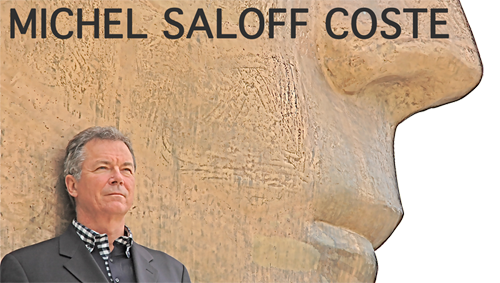Defining Innovation & Applying It in a World of Greater Uncertainty
As John Hagel pointed out recently in his astute take on what’s missing in the great disruption debate, “in 1937, at the height of the Great Depression and certainly a time of great turmoil, a company on the S&P 500 had an average lifespan of 75 years. By 2011, that lifespan had dropped to 18 years — a decline in lifespan of almost 75%. At the same time that humans are significantly increasing their lifespan, large companies have been heading rapidly in the opposite direction”.
On the other side of the business ecosystem is another harsh reality: roughly95% of startups fail within the first two years. And while certain pundits wax on about the amount of investments being made in Silicon Valley, the fact remains that there are less jobs available, proportionally, than we’ve seen in the last 120 years. Between the U.S. and Europe, we are also looking at youth unemployment numbers in the range of 38%-53%.
If you combine these stats with aggregate data points tied to declining GDP growth in Western economies, rapidly declining literacy rates, and wealth stratification that effectively squeezes production and income potential out of the ‘middle’, we are looking at an economic landscape that begs for reinvention. It is no longer possible to justify bottom line value without considering all parts of the ecosystem, just as we can no longer look at innovation as a process in which we check off a series of boxes and say to ourselves, “You see? We are innovative!”

Aucun commentaire:
Enregistrer un commentaire